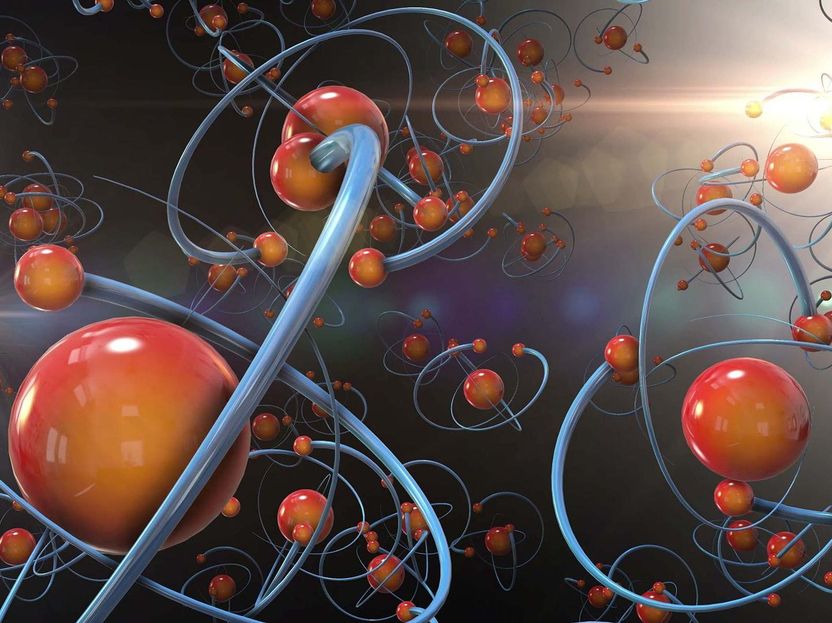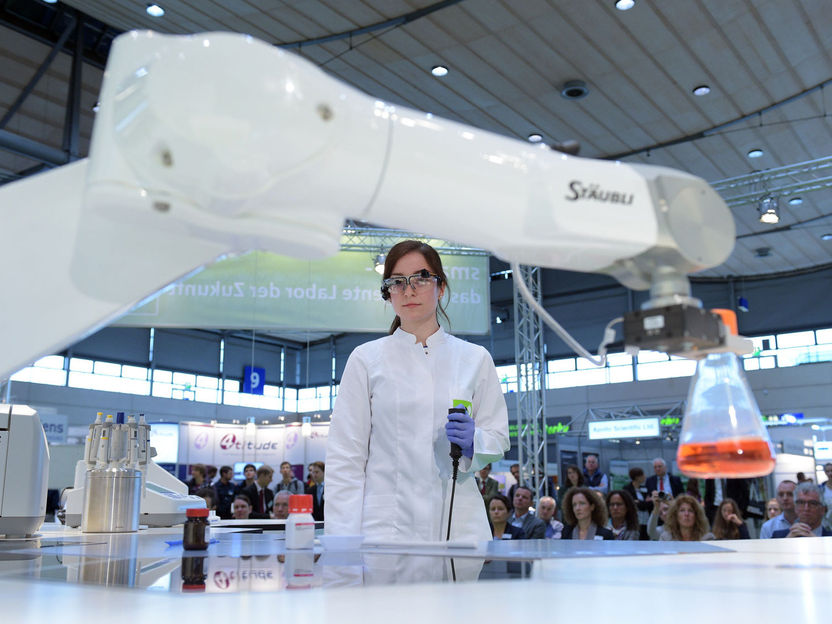Two-way clustering method for QSAR modeling of diverse set of chemicals
Toxicologists use a large number of tests to assess potential toxicity of chemicals to human and ecological health, a thorough analysis of one chemical requiring $2 to 4 million and a few years of time. One important toxicological property of chemicals is mutagenicity. Both drugs and environmental pollutants can be mutagenic. Gene mutilation related diseases have a major impact on human health. Some mutations may lead to increased susceptibility to some forms of heart disease, diabetes, or cancer. Laboratory bioassays used to assess the mutagenic potential of chemicals because the accumulation of mutations is prerequisite to tumor development. Therefore, testing a large number of chemical mutagens, both drug candidates in the discovery pipeline and environmental pollutants, can be expensive in terms of economic resources, testing facilities, and time.
An alternative approach is the use of computational toxicology tolls which use computed properties of the mutagens to predict their mutagenic potential using mathematical models. During the past five decades or so, mathematical chemistry has developed many new molecular descriptors. At the same time the power of computer has progress steadily following Moore's law. Currently we are witnessing an upsurge of research fueled by two important factors: a) Novel applications of mathematics to chemical and biological systems and ii) Availability of software which allows hypothesis driven as well as discovery oriented research within a reasonable time frame. This trend of research has led to numerous useful applications to scientifically, socially, technologically, and economically important areas such as drug discovery, protection of human as well as ecological health.
The articles by Basak, Majumdar, and Grunwald developed in silico models for the estimation of potential mutagenicity of chemicals from their structure without the input of any other experimental data. Such models can also be used to prioritize laboratory testing based on estimated values.
Original publication
Most read news
Original publication
Subhabrata Majumdar, Subhash C. Basak and Gregory D. Grunwald; "Adapting Interrelated Two-Way Clustering Method for Quantitative Structure-Activity Relationship (QSAR) Modeling of Mutagenicity/Non- Mutagenicity of a Diverse Set of Chemicals"; Curretn cOmputer Aided-Drug Design; 2016
Organizations
Other news from the department science

Get the life science industry in your inbox
By submitting this form you agree that LUMITOS AG will send you the newsletter(s) selected above by email. Your data will not be passed on to third parties. Your data will be stored and processed in accordance with our data protection regulations. LUMITOS may contact you by email for the purpose of advertising or market and opinion surveys. You can revoke your consent at any time without giving reasons to LUMITOS AG, Ernst-Augustin-Str. 2, 12489 Berlin, Germany or by e-mail at revoke@lumitos.com with effect for the future. In addition, each email contains a link to unsubscribe from the corresponding newsletter.
Most read news
More news from our other portals
Last viewed contents
Syntaxin
Classical_complement_pathway
Intestinal_malrotation

New AI algorithm generates innovative substances on the basis of desired properties - Function determines form
Cervical_vertebrae
Carrier's_constraint
Functional_imaging
Factor_IX
Transverse_sinuses






















































